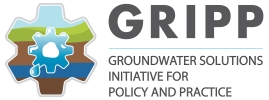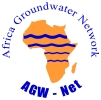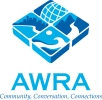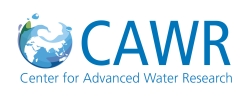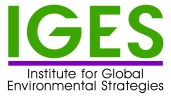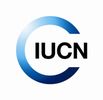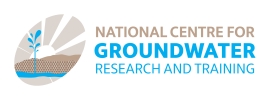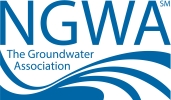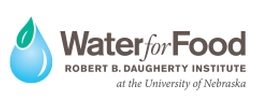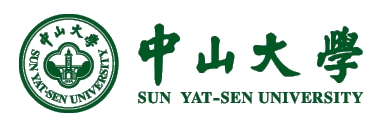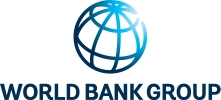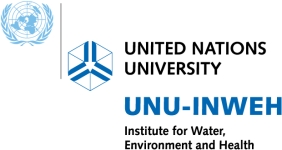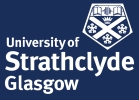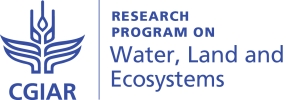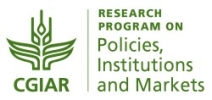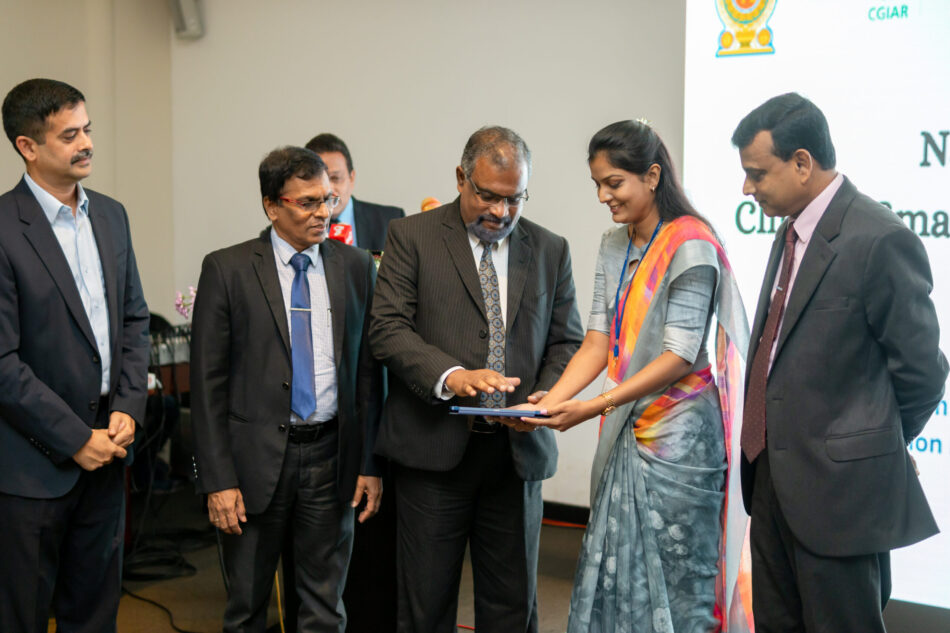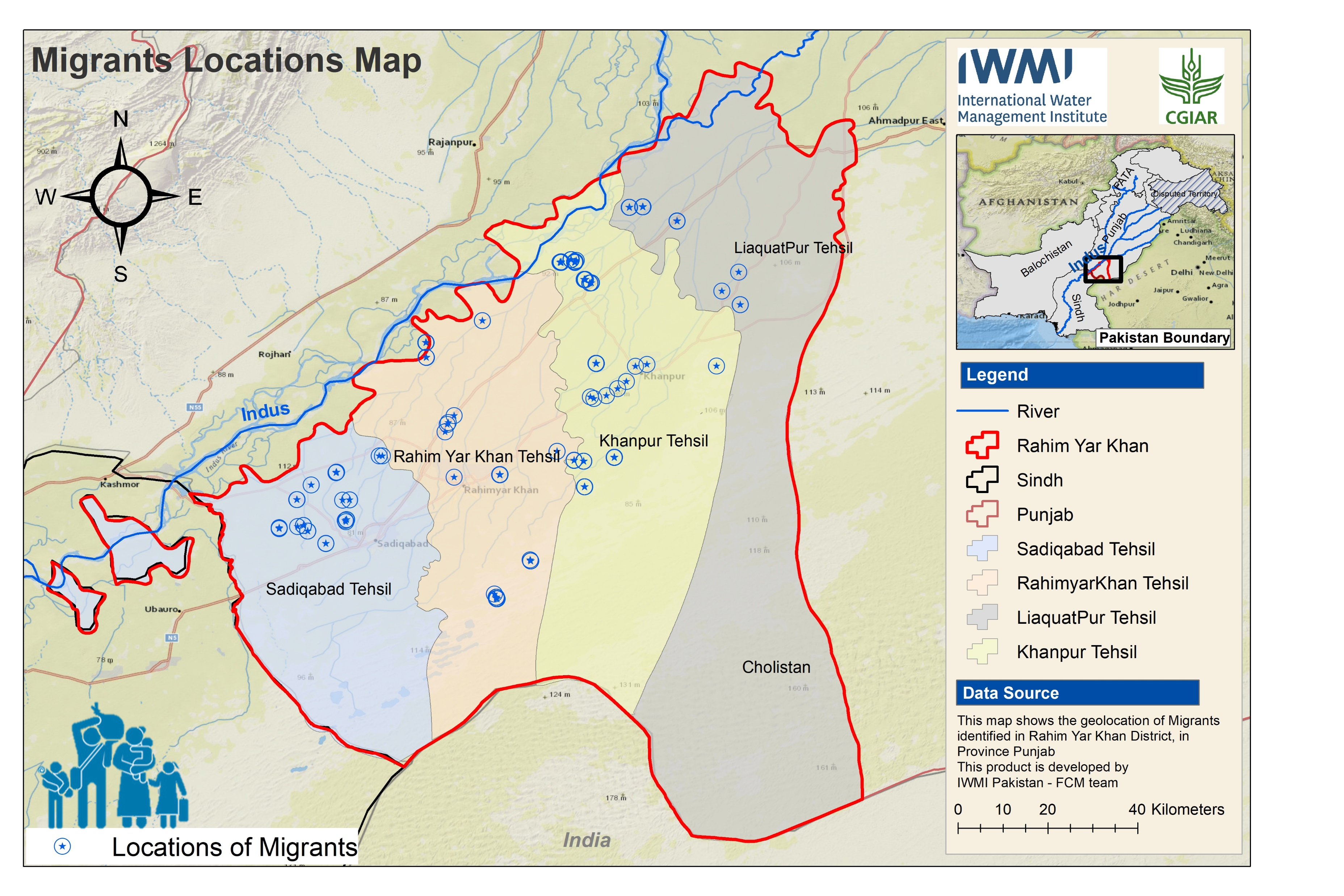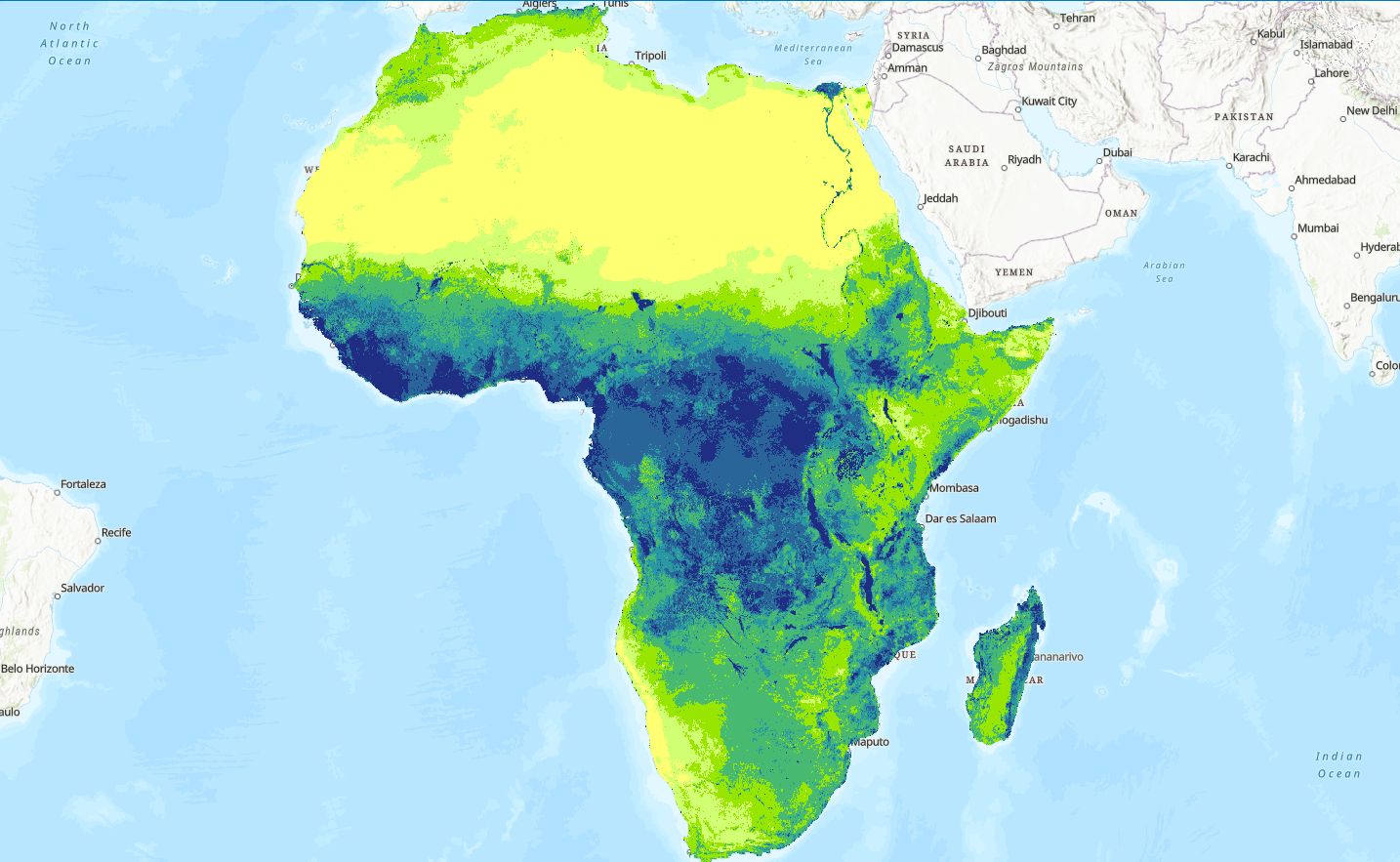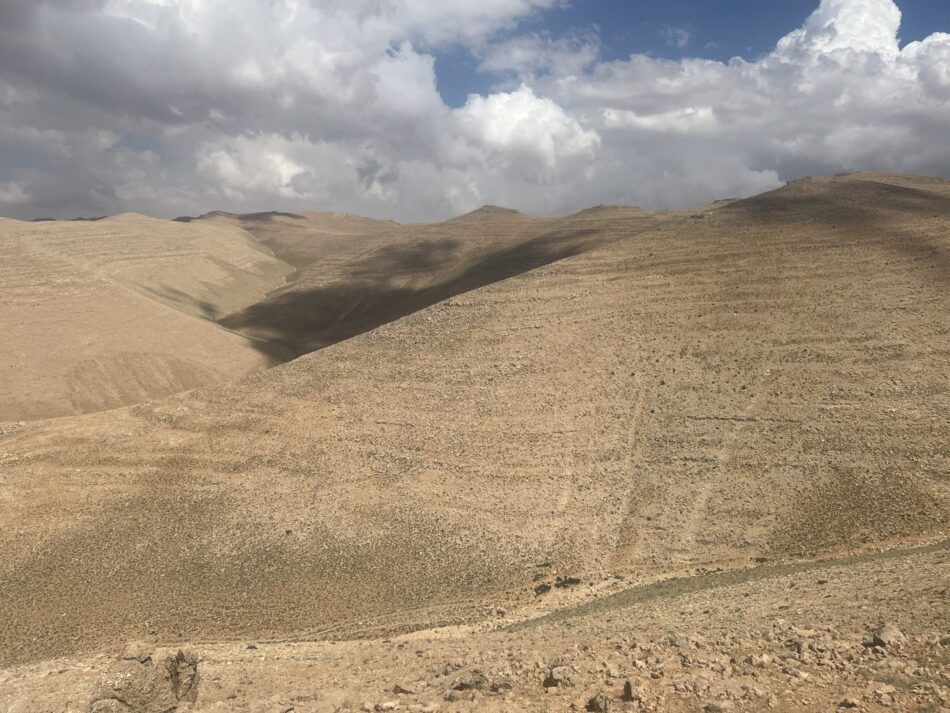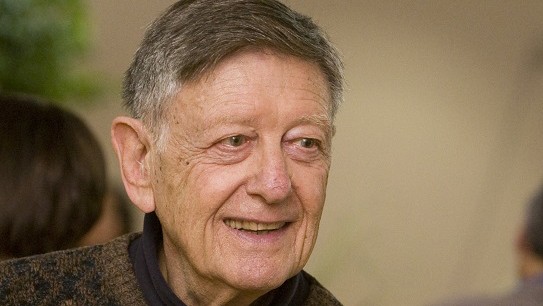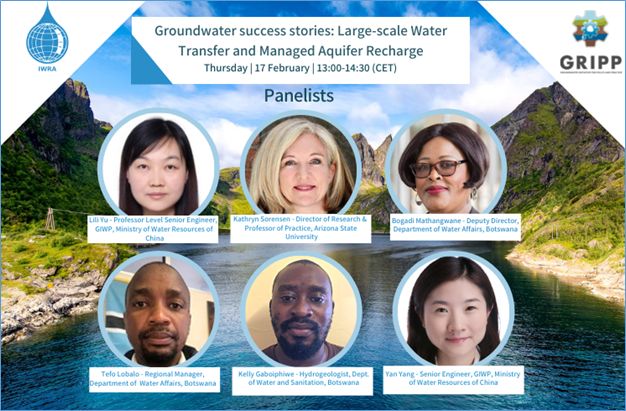
Between mid-2021 and the end of 2022, the International Water Resources Association (IWRA) Groundwater Task Force and the Groundwater Solutions Initiative for Policy and Practice (GRIPP) are organizing a series of webinars, each of which presents and reflects on different aspects of success when dealing with integrated groundwater solutions for water security, resilience and management. By reviewing, sharing and discussing examples of success, the visibility of options increase, supporting the Year of Groundwater – Making the Invisible Visible and the degree of transferability can be evaluated, while at the same time building global partnerships and communities of practice.
Water travels through rivers, lakes, aquifers, atmosphere and communities, forming different interlinked water cycles. For thousands of years, humans have been intervening these cycles to make water available at different times and locations. Managed Aquifer Recharge (MAR), i.e., purposefully augmenting water recharge and storage in the subsurface, is becoming an increasingly important strategy to enhance water security and resilience across the globe.
In areas with high water demand and insufficient surface water resources, large water transfer projects are increasingly built to solve the problem of uneven water distribution and water shortages as well as growing groundwater depletion. Such water diversion and storage projects have traditionally been used to feed dams to increase water holding capacity and provide higher assurance of perennial water availability. However, with climate change, higher temperatures, more variable rainfall and also higher demand during drought for increasingly urbanized areas, innovative water solutions are sought. In this scenario, options for combining large – sometimes transboundary or inter-basin – water transfer schemes with MAR are becoming attractive. In these schemes, sometimes called water banking, transferred water is infiltrated through natural riverbeds, constructed recharge sites or injection wells, providing stable supplies and water for emergencies, while often reducing the land and evaporation footprints of traditional solutions. Unconventional water sources are also increasingly part of the source water mix, illustrating the need for integrated conjunctive water management.
Cases
China: MAR through rivers and lakes in the North China Plains. Since 2018, large-scale managed aquifer recharge has been conducted in the North China Plains to alleviate severe problems of groundwater overexploitation. Water from the South-to-North Water Transfer Project, local reservoir storage and reclaimed sources are utilized to recharge main rivers in overexploited areas. Promising results, such as water level rise, ecological flow increase and ecosystem improvement, have been achieved.
USA: Mega schemes on interstate water transfer and MAR in Southwestern USA. Arizona and Colorado and other states in the USA are increasingly collaborating toward ensuring water security and safety across many states from several sources, primarily the Colorado River. For more than a decade, innovative water banking schemes have been working in Arizona to enhance water capture and storage during times of surplus and recovering this water during times of need. With a long-term drought currently ongoing, which may represent a worst case scenario, the system will increasingly prove its value.
Africa: Underground water storage along the North-South Carrier in Botswana saves water lost in dams and helps strengthen water security for expanding economic centers. Botswana is expanding on the implementation of MAR in strategic locations tying distant water surplus areas with high demand/deficit areas and securing year-round reliable supplies. Strategies for expanding accessory schemes in suburban areas are currently under development, benefitting about 50% of the population.
Panelists
- Lili Yu, Professor Level Senior Engineer, General Institute of Water Resources and Hydropower Planning and Design (GIWP) at the Ministry of Water Resources in China
- Kathryn Sorensen, Director of Research and Professor of Practice, Kyl Center for Water Policy at Morrison Institute for Public Policy, Arizona State University, Arizona, USA
- Bogadi Mathangwane, Deputy Director, Department of Water Affairs, Botswana
- Tefo Lobalo, Regional Manager, Department of Water Affairs, Botswana
- Kelly Gaboiphiwe, Hydrogeologist, Department of Water and Sanitation, Botswana
- Yan Yang, Senior Engineer, General Institute of Water Resources and Hydropower Planning and Design (GIWP) at the Ministry of Water Resources in China
Moderated by:
- Karen G. Villholth, Principal Researcher, International Water Management Institute (IWMI), South Africa, and Coordinator, Groundwater Solutions Initiative for Policy and Practice (GRIPP)
- Tibor Stigter, Associate Professor, IHE Delft Institute for Water Education (IHE Delft), Delft, The Netherlands
Opening and closing:
- Scott McKenzie, PhD Candidate, University of British Columbia, Vancouver, Canada, and IWRA Webinar Officer
The webinar will provide time for audience engagement and questions.
Participation is free and open to all

IWRA and GRIPP Webinars constitute a resource designed to help our members, partners, academics, dedicated practitioners, and policy professionals further explore groundwater and other timely themes engaging in fruitful discussions, aligned with the international water agenda and in close collaboration with key partners.
Sign up for GRIPP news and updates
Sign up for the Call to Action on Global Groundwater Sustainability






